Sleep apnea testing is a fairly routine process and one that your doctor is likely to recommend if he suspects that you may be suffering from obstructive sleep apnea. Because sleep apnea can potentially be extremely dangerous, it is important to get it properly diagnosed so that you can begin a course of treatment as soon as possible. The sooner you begin treating the problem, the sooner you’ll be able to get back to breathing, and sleeping, normally.
There are two types of testing for sleep apnea: an in lab sleep study or an at home test. Usually an in lab sleep study, which is more comprehensive, is only required if your doctor suspects that there might be some other sleep disorder involved along with the apnea. If this is the case he will suggest that you go to a sleep disorder clinic and have an overnight study done.
Sleep apnea testing in a sleep lab usually consists of spending the night in a room similar to a hotel room, going about your regular bedtime and sleep routine, with a series of sensors attached to your body to monitor your vital signs. A technician will oversee the study, helping to attach the sensors and explaining what will be happening, and will remove the sensors the next morning when the study concludes.
The far more common approach to testing is using an in home sleep apnea test. This involves giving you a small piece of equipment that you must attach to your body when you go to sleep at night. As in the lab there will be a couple of sensors that connect the device to your body so that your vital signs, breathing patterns and other sleep behavior can be monitored.

Vuk Varuna / stock.adobe.com

Vuk Varuna / stock.adobe.com
Once you attach the device, you can go to sleep in your own bed as you normally would. In the morning, you simply remove the device and return it to your doctor so that the data collected can be thoroughly analyzed. Because it involves less equipment, the results from this form of sleep apnea testing are not as comprehensive, but they should be able to alert your doctor to any signs of obstructive sleep apnea.
After The Sleep Apnea Testing Has Been Completed
In both forms of testing, it may take as long as two weeks after the test is done for the results to be released. At this point, your doctor will be able to tell if you are indeed suffering from obstructive sleep apnea and recommend a course of treatment. In most cases, treatment will involve the use of a continuous positive airway pressure (CPAP) device while you sleep to keep a stream of air flowing toward the back of your throat, which encourages you to breathe normally.
Whether you have an in lab or at home test, you’ll need to forgo caffeine after lunch on the day of the test so that you’ll be able to fall asleep normally. You may also have to temporarily discontinue some prescription medications but you should always check with your doctor before doing so. While it may seem intrusive and even intimidating, sleep apnea testing really isn’t that bad and it is crucial to making a proper diagnosis.
Sleep apnea can be a frightening condition but it doesn’t have to take over your life. With some simple testing, you can be on your way toward a diagnosis and the relatively easy treatment that can help you to sleep better. So if you suspect you have sleep apnea, talk to your doctor today and take that important first step toward getting the rest you need.
Related Articles:


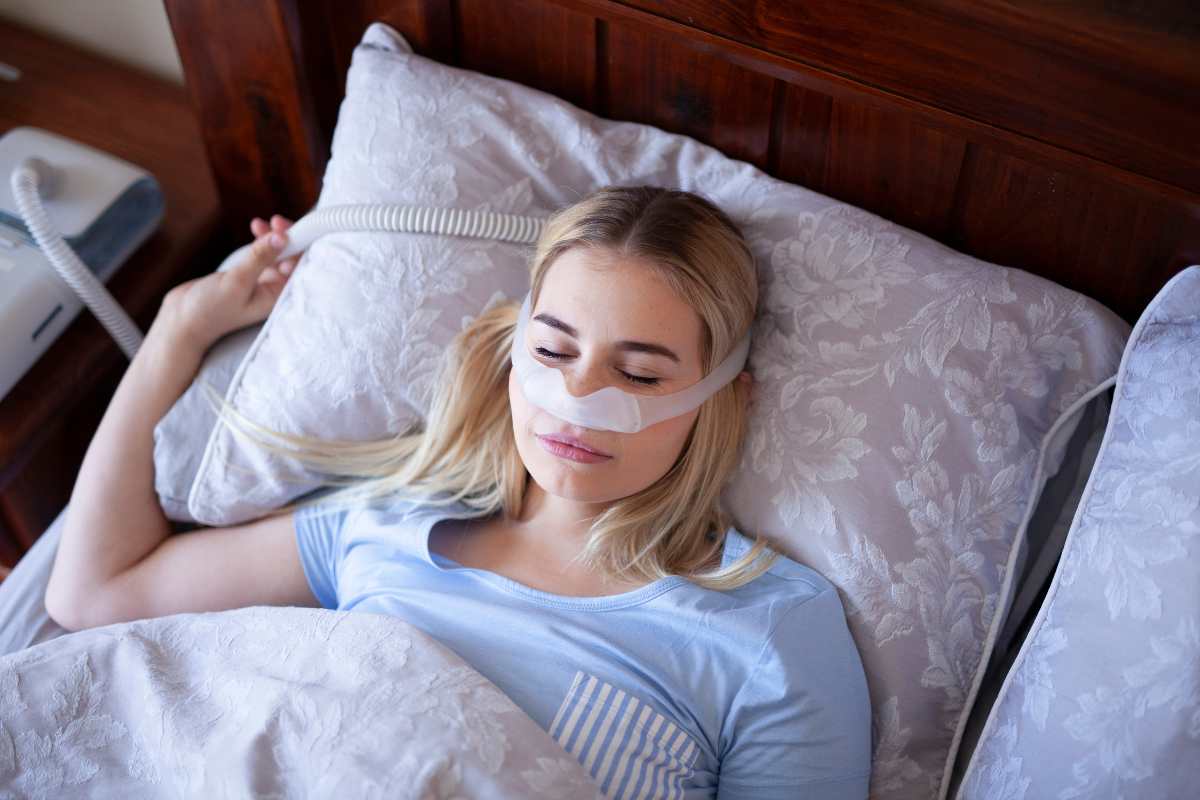
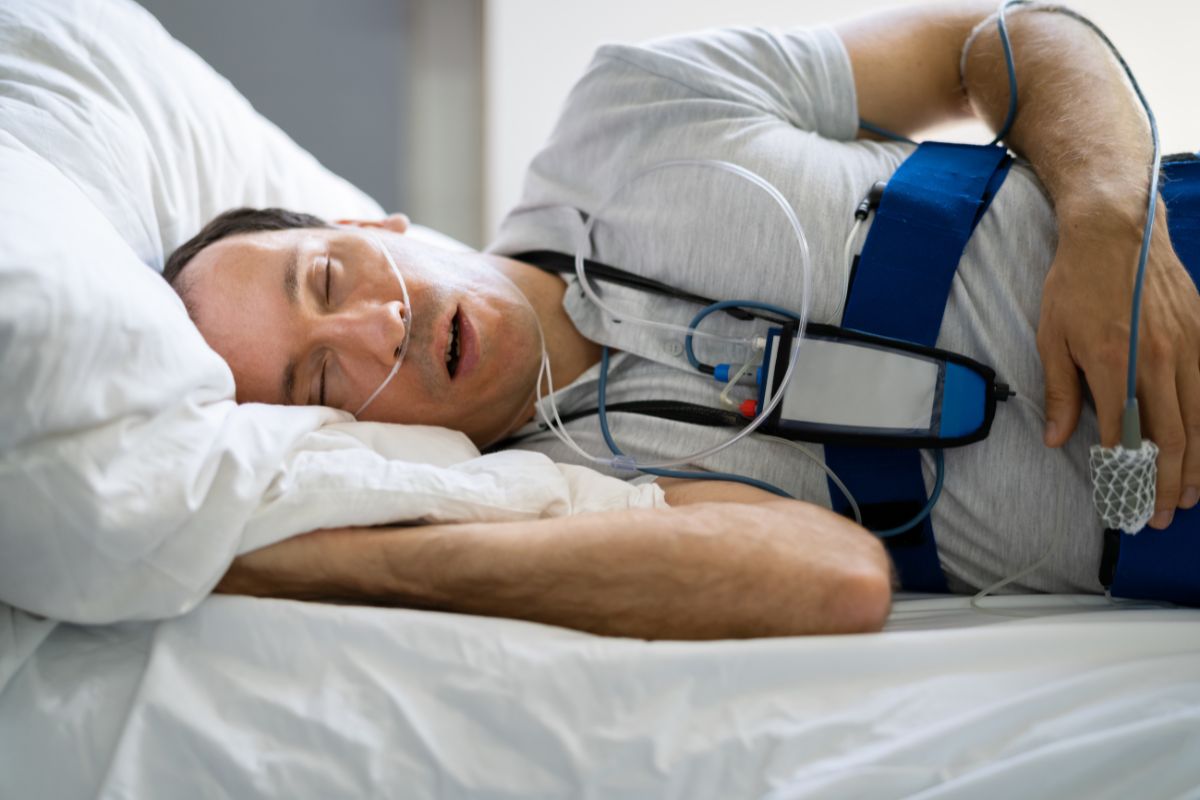
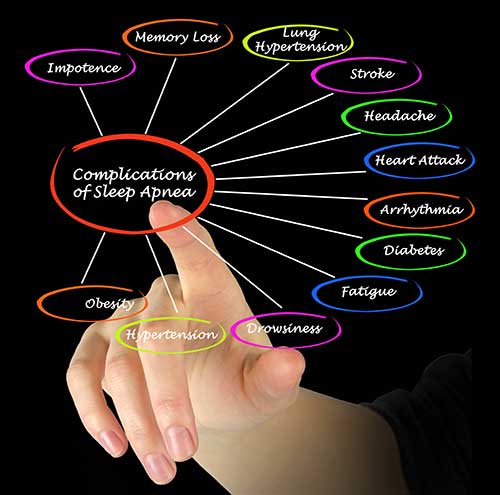
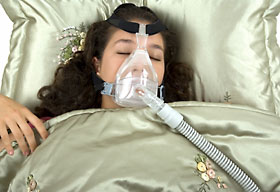
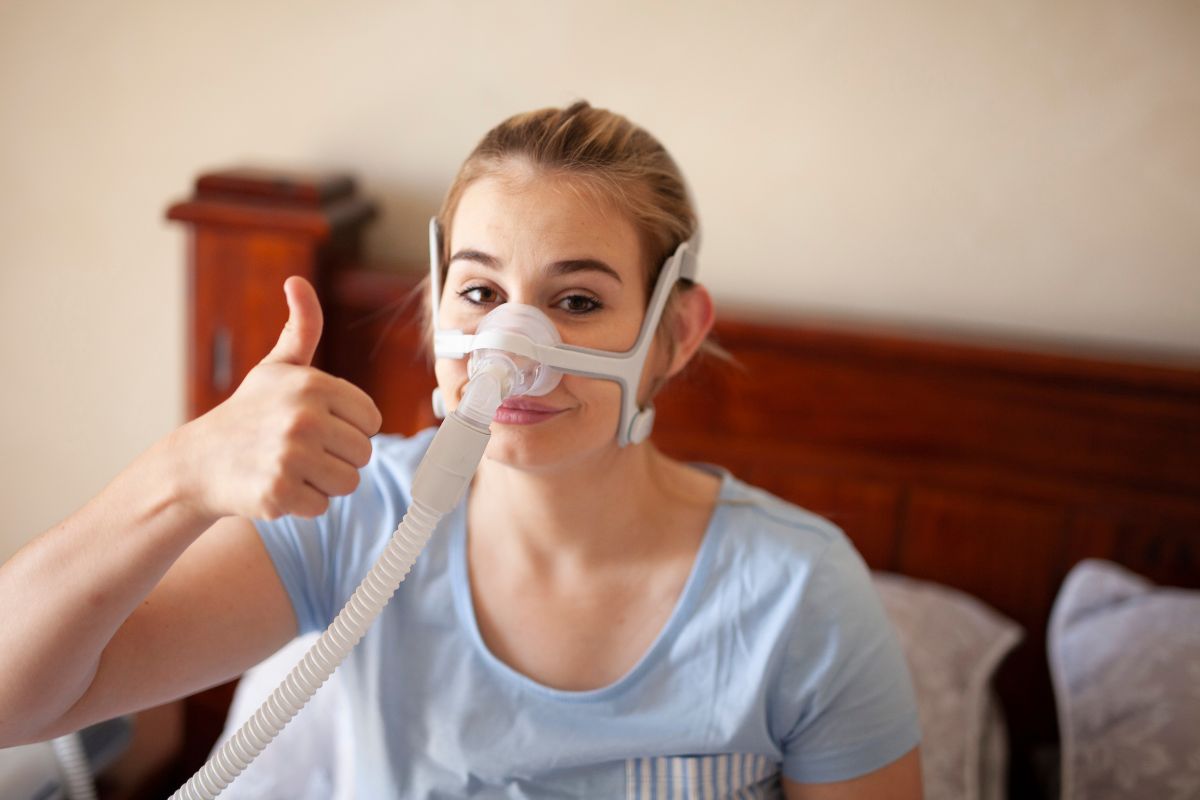
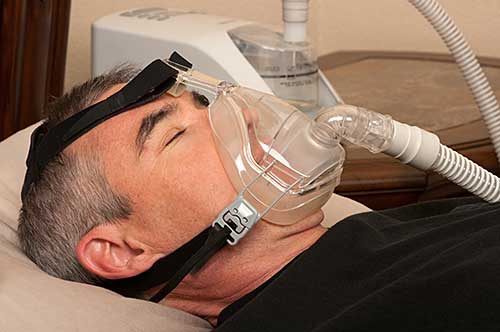

New! Comments
Share your tips and feedback. Leave me a comment in the box below.